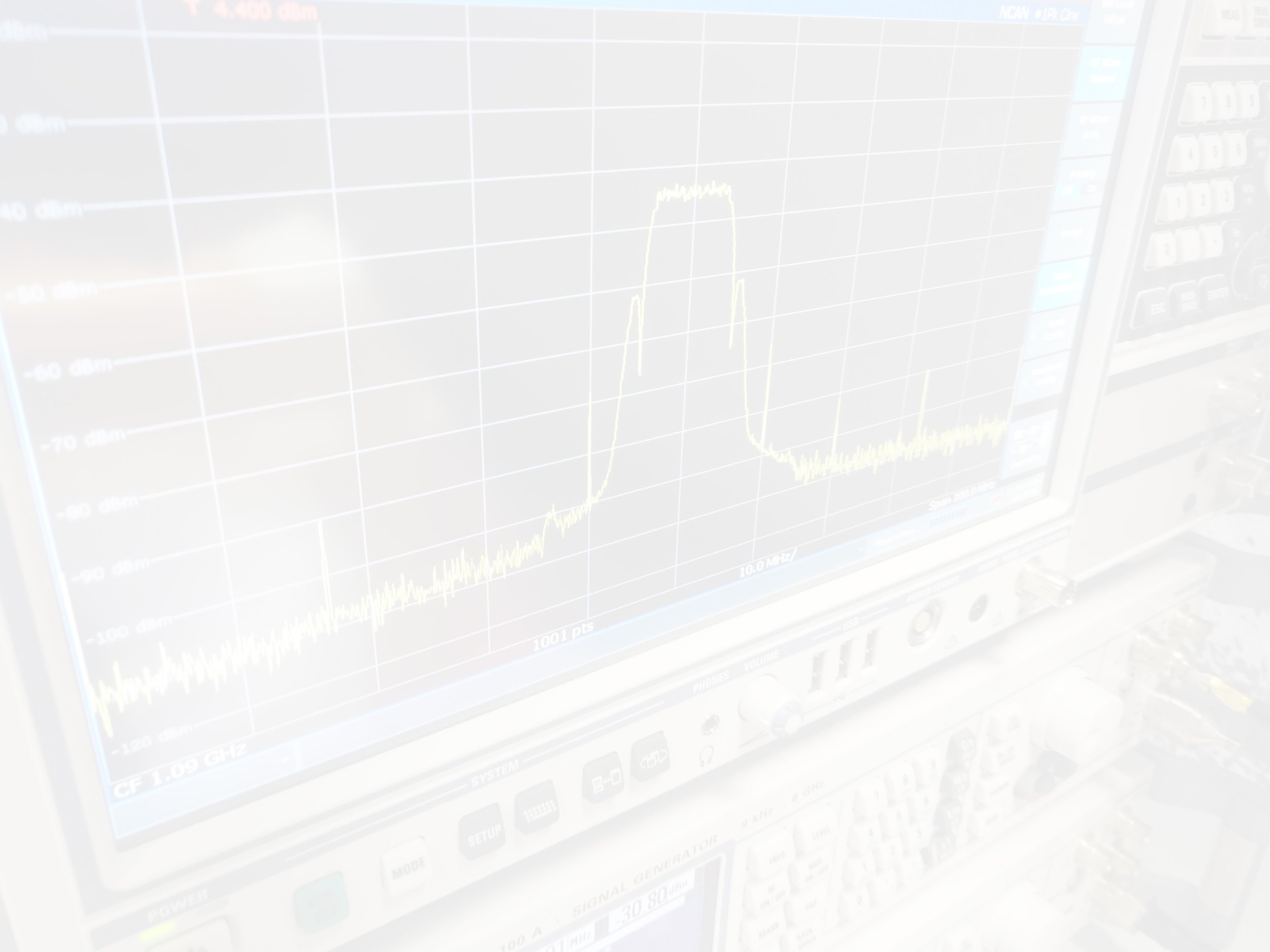
STR - is a revolutionary through-wall radar, specifically designed for SWAT teams/search and rescue. 40 meter range, light weight and extremely ergonomic packaging with practically no training required
The STR Advantage
• Identification of persons positioned behind walls or other obstructions
• Radar range of up to 40 meters
• Exceptionally lightweight and easily portable
• Internal Battery
• 7” 3000 NIT display
• User friendly controls
• Well suited for Police/search and rescue operations
TECHNOLOGY:
XWR radar employs UltraWide-Band (UWB) radio localization technology, distinguished by its high resolution, excellent noise immunity.
Additionally, due to its low frequency, it facilitates easy signal penetration through walls or non-metallic barriers. The visual representation of objects concealed behind walls is generated by processing of the reflected pulses.
Due to its low power output and high sensitivity, XWR causes minimal interference to radio equipment in its operating environment. Ease of use is further aided by glove friendly touch operation and ergonomic body design.
Dimensions: 263x182x95mm
Weight: 2.9kgs
Radar Range: 40 metres
Method of Display: 2D continuous
Display: 7" touch
Modulation: UWB CWFM
Frequency Range: 1.8-4GHz
Operating Temperature Range:
-40°C ~ +40°C
Transmit power: 6-14mW
Logging: Image save with time stamp
Power: 12VDC / Internal battery
Through-wall radar systems, also known as wall-penetrating radar or sense-through-wall technology, are valuable tools used by search and rescue teams and police to detect and locate objects, movements, or people on the other side of walls, debris, or barriers. Here’s how these groups use them:
1. Search and Rescue (SAR) Operations
SAR teams use through-wall radar to locate victims trapped behind debris, under collapsed structures, or hidden in confined spaces during natural disasters or accidents.
• Locating Survivors:
• After events like earthquakes or building collapses, through-wall radars can detect human movement, even under rubble.
• These radars are especially critical when time is of the essence and visibility is limited.
• Non-Invasive Scanning:
• Unlike intrusive methods, through-wall radar can quickly survey areas without disturbing unstable debris, ensuring the safety of rescuers and victims.
• Situational Awareness:
• SAR teams can use these systems to map the location of survivors and potential hazards, optimizing their efforts for quicker and safer rescues.
2. Police and Tactical Operations
Law enforcement agencies use through-wall radar in tactical situations to enhance situational awareness and improve operational safety.
• Hostage Rescue:
• During hostage situations, police can use the radar to identify the location and movement of hostages and suspects inside a building without entering, allowing for precise planning and execution.
• Suspect Tracking:
• Through-wall radar can track the movement of suspects hiding behind walls or other barriers, reducing the risk of ambushes or surprise attacks.
• Pre-Raid Planning:
• Before breaching a building, tactical teams use the radar to determine the layout of a room, the number of occupants, and their positions, ensuring a safer approach.
